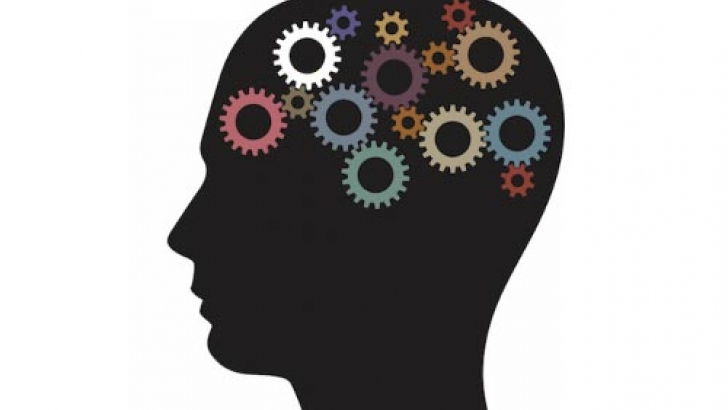
Author: Alex Kohn, M.A.
Over the past two years of the pandemic, we have often found ourselves living more sedentary lives, as we sit through remote classes, meetings, and social gatherings. While it can be easy to sit for an extended period of time without movement, it typically does not feel great! Likewise, it can be difficult to pay attention when we are sitting for long periods of time. Researchers have hypothesized that fidgeting may have various benefits. Fidgeting may provide a “mental break” (Ariga & Lleras, 2011). Fidgeting may also help an individual to sustain attention by increasing one’s physiological arousal (Levine et al., 2000). For example, in one study, participants who drew doodles during a “boring” task demonstrated improved performance compared to those who did not doodle. The improved performance was attributed to participants’ increase in overall arousal (Andrade, 2010). The following list includes some fidget ideas suggested by Heather Fischel in Fidget! 101 Ways to Boost Your Creativity and Decrease Your Stress.
- Movement – Bouncing, tapping, doodling, and other physical fidgets
- Practice conscious leg bouncing and bobbing
- Bounce one bent leg up and down, then switch legs
- Cross one leg over the other and bounce your leg upward and downward
- Swing your legs from side to side, individually or together
- Draw simple shapes on a piece of paper
- Push, kick, and play with an exercise band
- Keep your hands and fingers moving
- Squeeze a stress ball or a balled-up piece of paper
- Pull on a rubber band or stretchy hair tie
- Uncap and recap a pen
- Practice conscious leg bouncing and bobbing
- Sight – Fidgeting with visual details
- Make your writing utensils colorful (e.g., switch between different colored writing utensils for different kinds of ideas or use colorful highlighters)
- Give your brain and eyes a break by looking out a nearby window
- Look at visual imagery (in person or on a video) that captures your attention
- E.g., a fireplace, a fish tank, sand going through an hourglass, rain hitting the windowsill, etc.
- Taste – Fidgets with bite and spice
- Chew a stick of gum
- Suck on lollipops or hard candy
- Activate your senses with a warm drink (e.g., hot cup of coffee, tea, hot chocolate, etc.) or a cold, refreshing drink (e.g., ice-cold water, a cold juice, etc.)
- Sound – Fidgeting by listening
- Tune into the sounds around you for a couple of minutes (e.g., a clock ticking, typing on a keyboard, cars driving by, sounds of footsteps in the hallway, etc.)
- Pay attention to your breathing and the sound of air on your inhale and exhale
- Add nature sounds to your space by opening the window, listening to a video, or using a phone app (e.g., sounds on the BetterSleep app)
- E.g.., a river running over rocks, birds chirping, a fire crackling, ocean waves, trees rustling in the wind, etc.
- Touch – Feeling and fidgeting with different textures
- Add a textured grip to pens and pencils
- Drink water from a squeezable bottle
- Rub a smooth stone
- Bend and fold a paperclip
References:
Andrade, J. (2010). What does doodling do? Applied Cognitive Psychology: The Official Journal of the Society for Applied Research in Memory and Cognition. 24(1), 100–106. https://doi.org/10.1002/acp.1561
Ariga, A., and Lleras, A. (2011). Brief and rare mental “breaks” keep you focused: Deactivation and reactivation of task goals preempt vigilance decrements. Cognition, 118(3), 439–443. https://doi.org/10.1016/j.cognition.2010.12.007
Fishel, H. (2018). Fidget! 101 Ways to Boost Your Creatvitiy and Decrease Your Stress. Adams Media.
Levine, J. A., Schleusner, S. J., & Jensen, M. D. (2000). Energy expenditure of nonexercise activity. The American Journal of Clinical Nutrition, 72(6), 1451-1454. https://doi.org/10.1093/ajcn/72.6.1451
